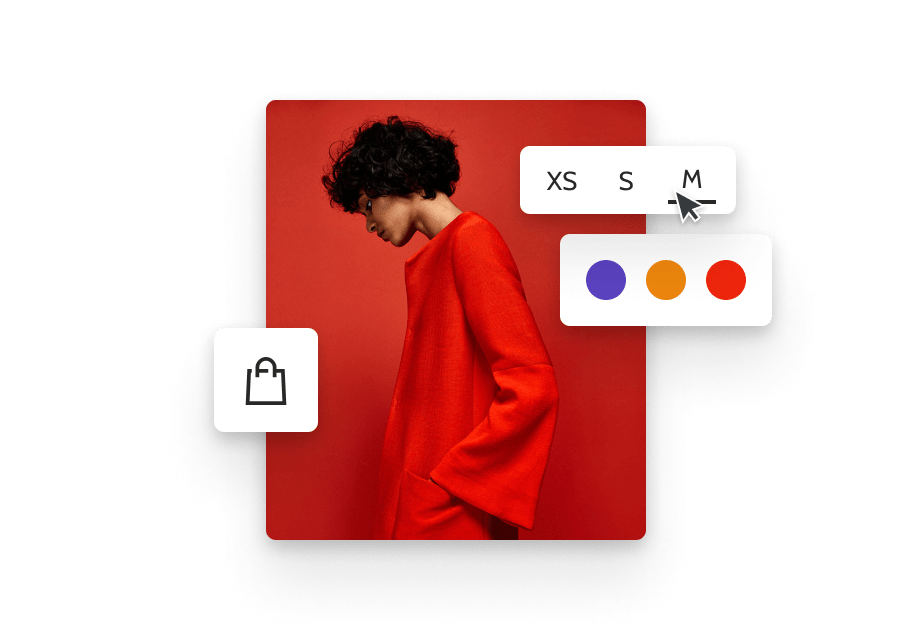P
acing is a critical element that shapes how a story or message unfolds, influencing both the viewer’s and reader’s engagement. In written and visual media, pacing creates rhythm and controls the speed at which information is delivered, impacting suspense, emotion, and overall enjoyment. Mastering pacing in editing helps create smooth flow and ensures your content holds the audience’s attention from beginning to end. Here’s how to understand and apply pacing techniques effectively in both written and visual content.
The Role of Pacing in Storytelling
Pacing is the tempo at which a story progresses. In written content, this might involve varying sentence lengths, adjusting scene transitions, or controlling the release of information to build suspense or drama. In visual content like film or videos, pacing includes the speed of cuts, the duration of shots, and the movement within each scene. By controlling pacing, editors can guide viewers’ and readers’ emotional responses and engagement levels.
Techniques for Pacing in Written Content
- Varying Sentence Lengths
- Purpose: Sentence length influences the reading rhythm and can enhance tension or ease.
- Technique: Use shorter sentences to create urgency and faster pacing, especially in action scenes or climactic moments. Longer sentences and descriptive passages can slow down the pace, ideal for reflection or to deepen emotions.
- Strategic Paragraph Breaks
- Purpose: Breaking up text controls the speed at which readers consume information.
- Technique: Use paragraph breaks to emphasize key points or to create pauses that let the reader reflect. Avoid long blocks of text in fast-paced sections to keep the narrative moving swiftly.
- Scene and Chapter Structure
- Purpose: The structure of scenes and chapters can influence how a story flows.
- Technique: Alternate between high-action scenes and slower, more introspective moments to create a natural rhythm. Introduce new developments at the end of chapters to keep readers intrigued.
- Word Choice and Syntax
- Purpose: Specific word choices impact the tone and urgency of a scene.
- Technique: Use powerful, action-oriented verbs to heighten intensity in fast-paced sections, and use softer, more descriptive language to create calm in slower parts. Remove unnecessary words to improve clarity and maintain momentum.
- Building and Releasing Tension
- Purpose: Tension hooks readers and makes them eager to see what happens next.
- Technique: Introduce unresolved conflicts and cliffhangers to build suspense. Release tension periodically to provide readers with a satisfying payoff, keeping the overall rhythm dynamic.
Techniques for Pacing in Visual Content
- Shot Duration and Transitions
- Purpose: The length of each shot affects how quickly or slowly a scene unfolds.
- Technique: Use quick cuts in action sequences to create fast pacing, and use longer shots in emotional or scenic moments to let viewers absorb details. Smooth transitions create continuity, while abrupt cuts can add shock or emphasize key moments.
- Use of Sound and Music
- Purpose: Sound influences the audience’s emotional reaction and pace perception.
- Technique: Faster, intense music can increase tension and make scenes feel urgent, while slower, softer music relaxes viewers and slows down pacing. Silence can also be a powerful tool to create anticipation or emotional depth.
- Motion Within the Frame
- Purpose: Movement can either energize a scene or create a sense of calm.
- Technique: Rapid or erratic movements increase excitement, while slow, deliberate movements slow down pacing. For instance, characters moving hurriedly in and out of frame speeds up the rhythm, while slow camera pans allow viewers to focus on details and absorb the moment.
- Editing Cuts and Sequence Length
- Purpose: Cuts and sequence duration guide the viewer’s focus and control the narrative’s speed.
- Technique: Use quick, frequent cuts for fast-paced scenes, such as chase scenes or arguments. Slower sequences, with fewer cuts, allow for introspection and help the viewer connect emotionally with the scene.
- Lighting and Color
- Purpose: Lighting can subtly impact the perceived pace of a scene.
- Technique: Bright, contrasting lighting is often associated with high energy and faster pacing, while softer, muted lighting slows things down and creates a reflective atmosphere. Color grading can also enhance pacing; warm colors often feel faster-paced, while cool tones slow things down.
Universal Pacing Strategies for Both Written and Visual Content
- Understand the Arc of Tension and Release
- Both written and visual content benefit from the strategic buildup and release of tension, helping maintain reader or viewer interest. Plot out where moments of high and low tension occur, creating a balanced rhythm that moves between intensity and relaxation.
- Adjust Pacing to Match the Content
- Consider the genre and purpose of your story. For action or thriller genres, a faster pace is often desirable. For dramas or personal narratives, a slower pace allows for character development and emotional depth. Align pacing with the theme and message to make the story’s rhythm feel natural.
- Use Repetition Sparingly
- Repeating visuals, phrases, or ideas can slow pacing and make content feel redundant. Use repetition only when it serves to emphasize a key message or create rhythm, and avoid overuse to maintain momentum and freshness.
- Create a Pattern of Peaks and Valleys
- Both in editing written and visual content, varying the intensity throughout creates a dynamic, engaging experience. High-energy scenes or chapters (peaks) should be followed by slower, reflective moments (valleys) to give readers or viewers a chance to catch their breath.
- Consider Audience Expectations
- Audience expectations can vary depending on the medium. Readers may expect novels to alternate between fast and slow pacing, while film audiences might expect a more linear increase in intensity. Tailor your pacing to match audience preferences within your chosen format.
- Experiment with Different Pacing Techniques
- Don’t be afraid to try different techniques to see what fits best. Sometimes breaking traditional pacing norms can create a memorable experience. For example, intentionally slowing down a pivotal moment can heighten its impact, or using rapid cuts in a typically slower scene can surprise the viewer.



